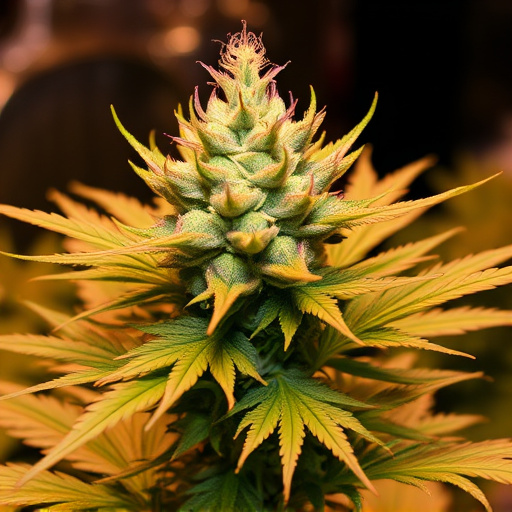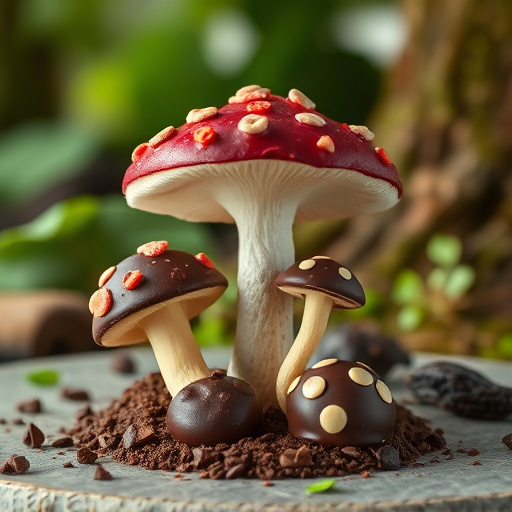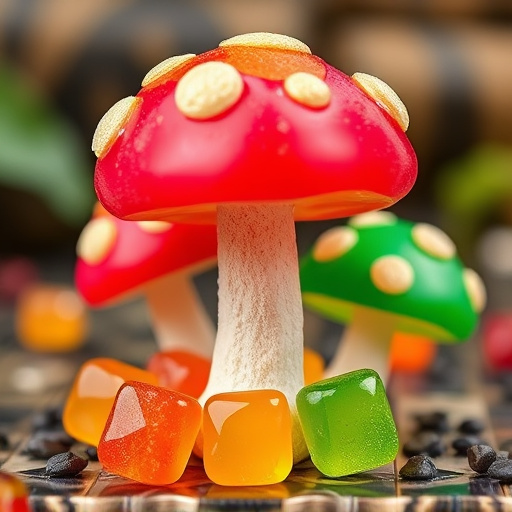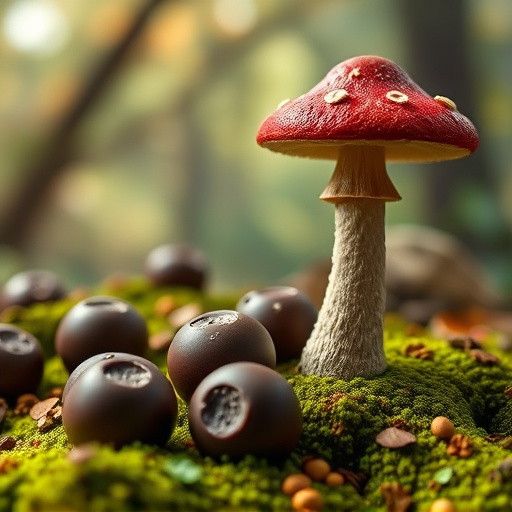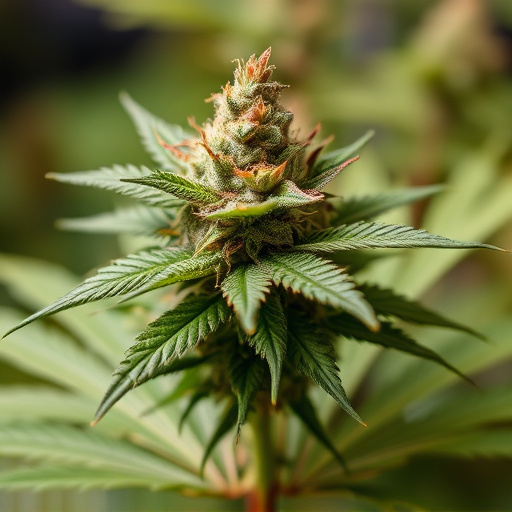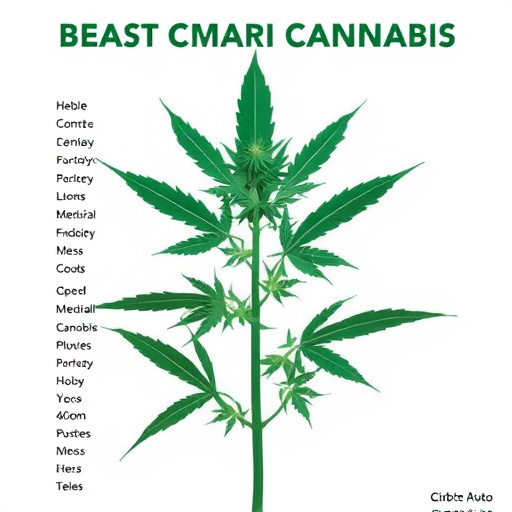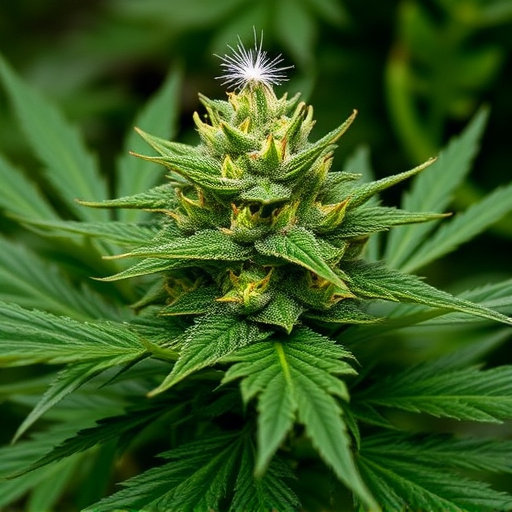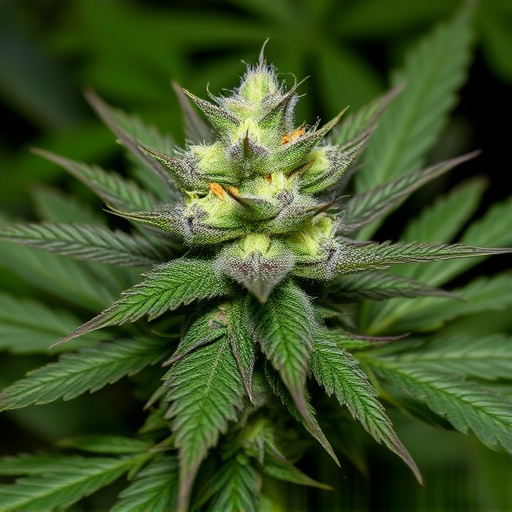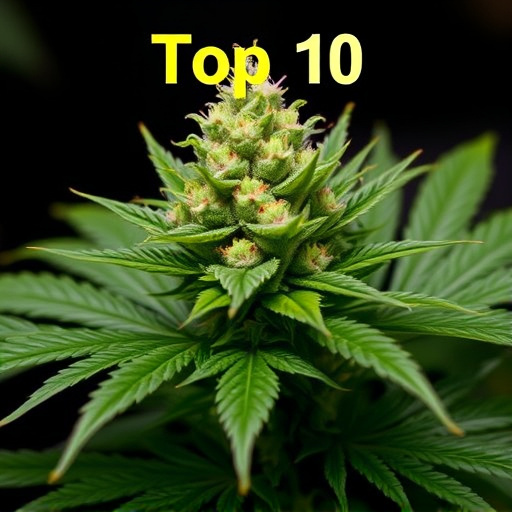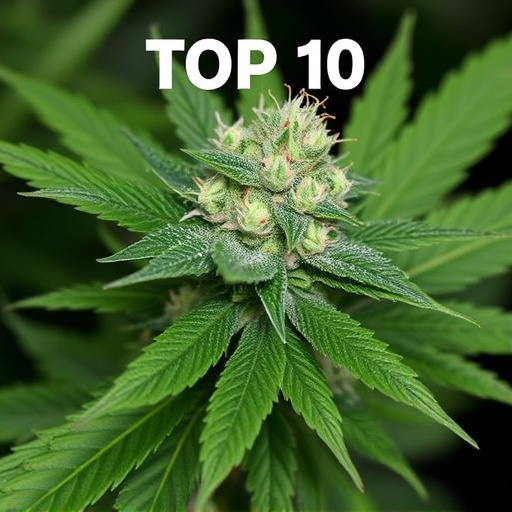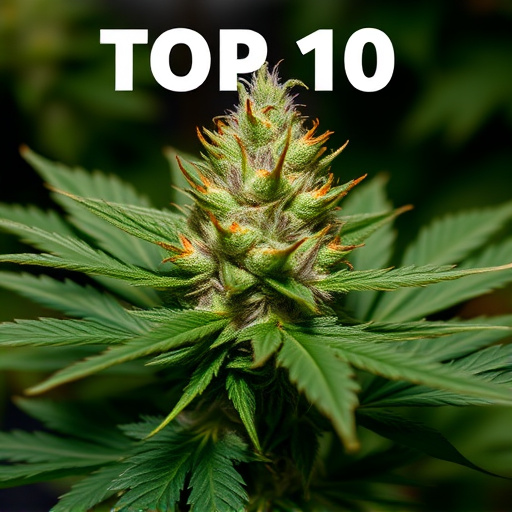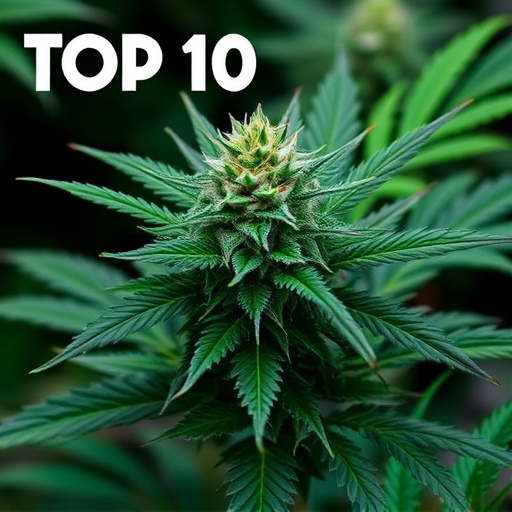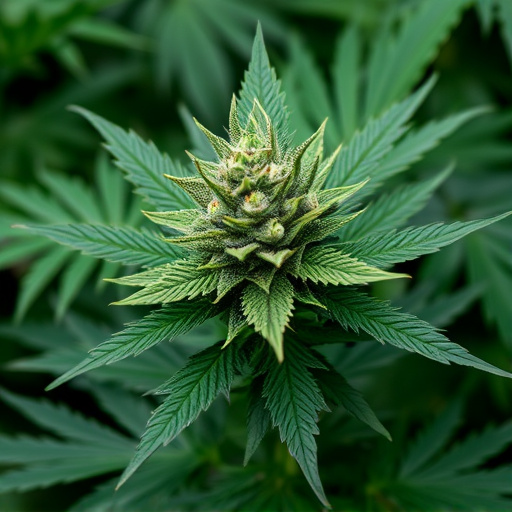Trichomes, microscopic glandular hairs on cannabis plants, are vital for determining potency and quality, producing cannabinoids like THC and CBD responsible for the plant's effects. Variability in trichome density and size contributes to the diversity among the top 10 strains known for their potent profiles, each offering unique cannabinoid combinations sought by consumers for both enjoyment and therapeutic purposes. Growers assess trichome maturity and potency using microscopic examination or specialized tools to ensure final products meet consumer expectations for exceptional cannabis experiences.
“Unveiling the Secret to Cannabis Potency: The Power of Trichomes
Trichomes, tiny hair-like structures adorning cannabis plants, are more than just aesthetic features. They play a pivotal role in determining the potency and overall effectiveness of cannabis. This article delves into the fascinating world of trichomes, exploring their definition, impact on potency, and how they contribute to the unique characteristics of various strains. We also present the top 10 cannabis strains known for their high trichome content, offering a glimpse into the most potent offerings in today’s market.”
- The Role of Trichomes in Cannabis Potency
- – Definition and function of trichomes
- – How trichome density and composition impact potency
The Role of Trichomes in Cannabis Potency

Trichomes, tiny glandular hairs found on cannabis plants, play a pivotal role in determining the potency and overall quality of the final product. These structures are responsible for producing a range of cannabinoids, including THC (tetrahydrocannabinol) and CBD (cannabidiol), which are what give cannabis its characteristic effects. The density and size of trichomes can vary greatly among different cannabis strains, making them a key factor in understanding why certain varieties are considered the top 10 strains for their potent profiles.
Cannabis consumers often seek out specific strains known for their high cannabinoid content and unique combinations, as these traits directly impact the plant’s therapeutic potential and the overall experience. By examining the trichome structure under a microscope or using specialized tools, cultivators can assess the maturity and potency of their crops, ensuring that the final product meets consumer expectations when it comes to the top 10 strains in terms of potency and effect.
– Definition and function of trichomes
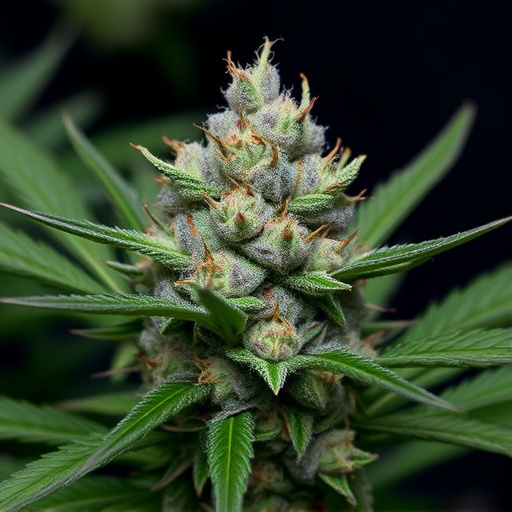
Trichomes, tiny glandular hairs that cover the surface of cannabis plants, are a key factor in determining potency and overall quality. They produce and concentrate various cannabinoids and terpenes, the chemical compounds responsible for the plant’s unique effects and aromas. These microscopic structures can vary greatly in shape, size, and density across different cannabis strains, contributing to diverse experiences when consumed.
When it comes to evaluating top 10 strains of cannabis, trichome health and density play a significant role. Mature trichomes often appear as tiny clear or milky glands on the buds, indicating optimal cannabinoid production. The most potent strains tend to boast robust trichome coverage, suggesting higher concentrations of THC (tetrahydrocannabinol), CBD (cannabidiol), and other beneficial compounds. Understanding trichome function allows cannabis enthusiasts and researchers alike to appreciate the intricate relationship between these microscopic features and the overall potency and therapeutic potential of various strains.
– How trichome density and composition impact potency
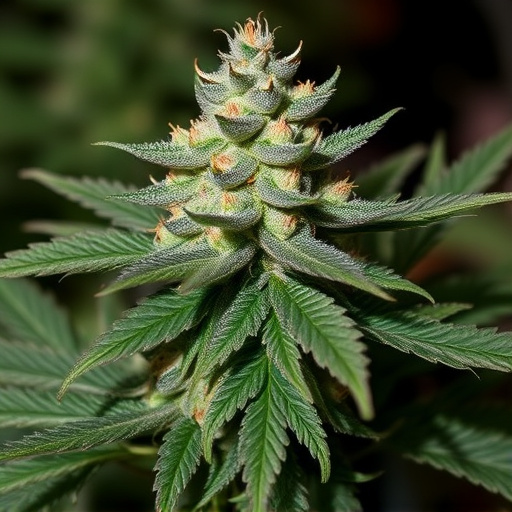
Trichomes, those tiny hair-like structures that cover the surface of cannabis plants, play a significant role in determining the potency and overall quality of the final product. Their density and composition are key factors that influence the power of cannabis. High trichome density indicates a more potent flower, as these sticky glands trap and concentrate various compounds, including terpenes and cannabinoids. The composition of these trichomes, particularly the balance between THC (tetrahydrocannabinol) and CBD (cannabidiol), is also crucial. Strains known to have impressive trichome profiles often rank among the top 10 strains of cannabis for their potency.
For instance, strains with dense, resinous trichomes typically offer a more intense high due to higher cannabinoid concentrations. Terpenes, which provide the characteristic aromas and flavors, also adhere to these trichomes. Certain terpenes, like myrcene and limonene, can enhance or modify the effects of cannabinoids, creating a unique sensory experience. Understanding the intricate relationship between trichome density, composition, and potency allows cannabis enthusiasts and consumers to make informed choices when exploring the top 10 strains known for their exceptional properties.
Trichomes play a pivotal role in determining the potency of cannabis, with their density and composition directly influencing the plant’s overall strength. Understanding this intricate relationship allows cultivators to select and breed varieties that offer the desired effects, whether seeking relaxation or more energizing experiences. When considering the top 10 strains of cannabis, trichome structure and chemistry are key factors in unlocking the full potential of each strain. By recognizing their significance, growers can enhance the overall quality and effectiveness of their products.
